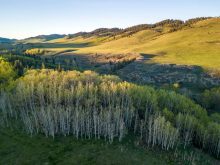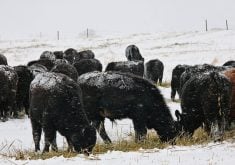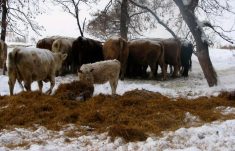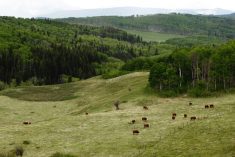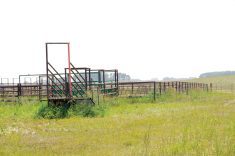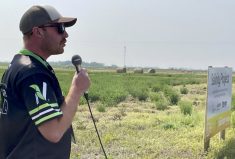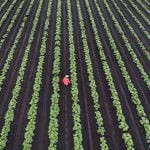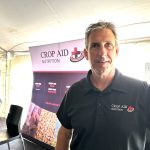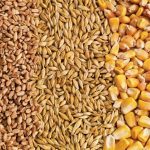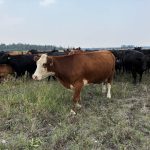Plagued with unproductive hay land?
Reseeding to an annual and swath grazing for two or three years might be the answer.
The first year start with a rapid growing cereal that is hardy “like an oat or barley, if you choose to put another large seed, stick with a pea,” said forage expert Grant Lastiwka.
Read Also
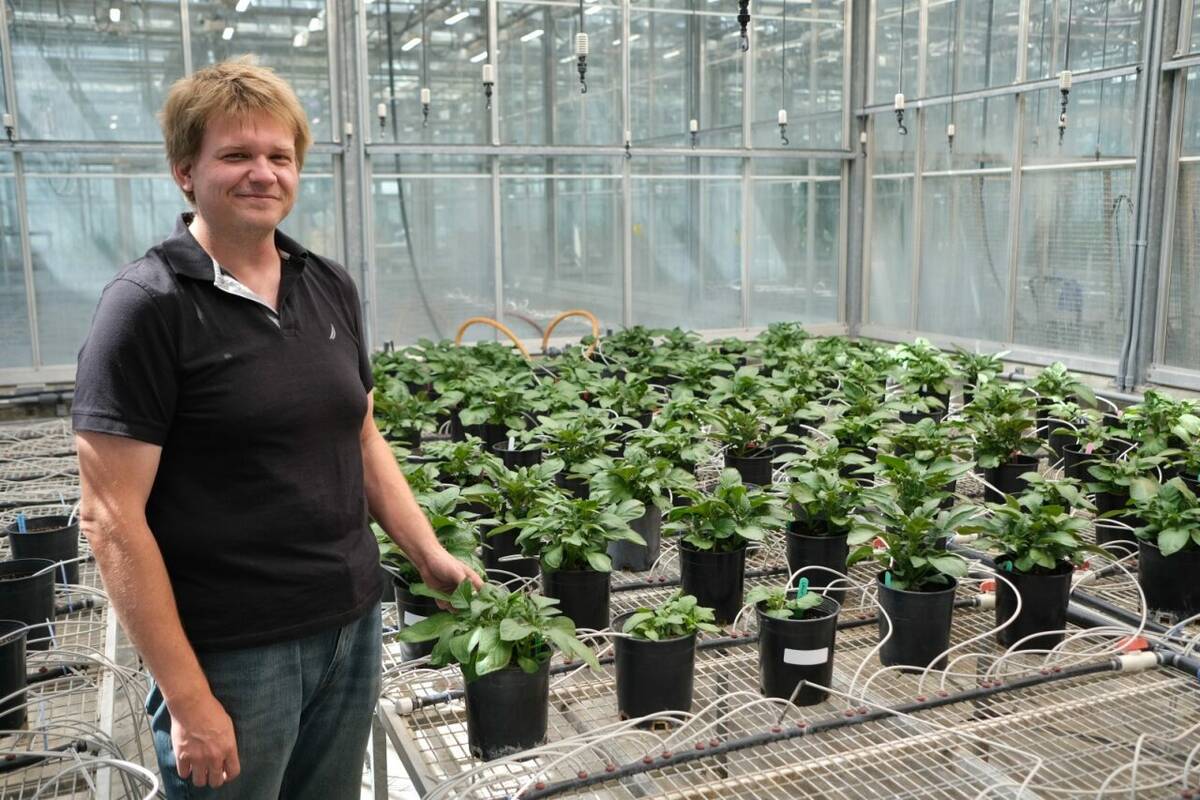
Hail research hopes to benefit potato growers
Alberta research scientist measures hail storm and heat dome affects on potato crops
Having a larger seed helps, especially if there is sod in the stand. But if it’s mostly alfalfa or timothy, and not much sod, “there is a lot more opportunities, and seeding into the stand may be a choice,” he said.
But when species are more sod-bound, it can be more challenging (depending on where you are located in the province), Lastiwka cautioned.
“You can try to bank a bit of moisture by going to an annual rotation,” he said. “When you do go to plant a perennial, you have a better chance of it catching.”
Spraying in the fall will produce a better die-off, partly because winter can be effective in finishing off the plants.
On the other hand, spring herbicide application means waiting for plants to green up (which means they are using moisture) and that can pose a challenge to get good-yielding swath grazing, he noted.
Swath grazing also comes with a cost savings — “about $1 per day over a traditional winter feeding system.”




